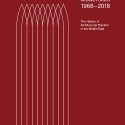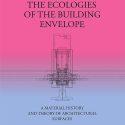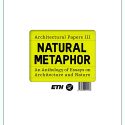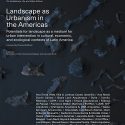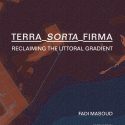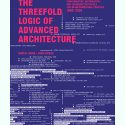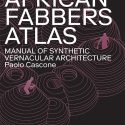Your Cart is empty
Pan-Arab Modernism 1968-2018
The History of Architectural Practice in The Middle East
Ricardo Camacho, Dalal Musaed Alsayer, Sara Saragoça Soares
Following two publications in 2016 and 2017 on Modern Architecture of Kuwait, this new publication expands on the growing interest for the building and urban practice exchange between territories throughout the Middle Eastern region which remains at the threshold of architectural theory, postcolonial critique, and visual cultures studies. This book format exposes relevant and critical material on the individual's education and experiences as well as the architecture practice and influence in the Middle East.
Using Kuwait as a case study and Pan Arab Modernism as a lens, this book comes to fill two voids in the literature on Middle Eastern architecture: one is in practice and the other is in history. The current practice of architecture in Kuwait, the Gulf and the larger Middle East, is typically a-contextual and lacking any understanding of the local context. The architectural history, on the other hand, ignores the larger context of the Middle East and the influence of Pan Arabism is not configured into many analyses. Thus, this project seeks to tackle both. By providing a [re]contextualizing of the architectural history of Kuwait and bringing forgotten protagonists back into the dialogue, a nuanced reading of Pan Arab Modern architecture emerges.
This book intents to be both a guide for practitioners and a document of analysis. The authors and editors envision the stories of our protagonists as a model for the coming generation to emulate and in doing so, hoping to create an importance of the local. In doing so, the book will inspire a new generation of local imprinters that will allow Kuwait locally, and the Gulf regionally, to break from the over-reliance on foreigners shaping how their cities look and operate. It aims to create a "knowledge generation" which can [re]define how a local generation is being influence on the ground. With a symbiosis between the "facts on the ground" and the "ideas in the air." Thus, this publication is a first step towards documenting and analyzing the realties on the ground.
With contributions of:
Prof. Michael Kubo (Univ. of Houston, Texas) on the relationship between The Architects Collaborative (TAC) and the local Kuwaiti firm Pan Arab Consulting Engineers (now PACE); Caecilia L. Pieri ( Associate Researcher - Institut Français du Proche-Orient) on the influence of Iraq modernisation in Kuwait; Prof. Iain Jackson (Univ. of Liverpool) on the influence of British Architects on the Middle East (tropical architecture, expertise); Prof. Hyun-Tae Jung (Lehigh University) on the relationship between Skidmore, Owings & Merrill (SOM) and PACE and the photographic work of the artist Antje Hanebeck commission by PACE for this project.
EBOOK VERSION

